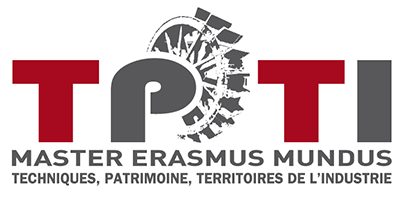Techniques, artisanal practices, knowledge and heritage
Research in this area focuses on the study of craft practices and traditional knowledge coming from various geographical areas and throughout history. In recent years, the adoption of global standards relating to the theme of « Living Human Treasures » (1994), « Masters of Art » (1994) and « Intangible Cultural Heritage » (2006) expanding the standards and recognition of craftsmanship, knowledge and heritage. What do we mean by craftsmanship and craft activity? How are traditions and innovation developed, and more broadly, how do they fit into technical and political understanding?
The originality of this approach consists of not separating practice from the knowledge that underlies them. This may be implied or verbally-transferred, but may also come from scholarly or theoretical methods such as writing, drawing and model making. It is also a matter of conducting studies at the local level in different geographical areas and context, including comparative perspectives.
Axis 1 thus has two ambitions : On the one hand, participate in the knowledge of craftsmanship; on the other hand, contribute to a critical analysis of the global history of practices and craft production through a localized comparative approach. From this point of view, it intends to participate in the renewal of the study the History of Science, in the History of Technology, and in the History of Art.
This combination of TPTI and Erasmus mobility, which brings together teachers, practitioners and students from different countries, provides an ideal framework for carrying out this project.
Research themes relate more-specifically to:
- Practitioners of the technique, including categories of practitioners who have been under-researched to date relating to: artisans, entrepreneurs, merchants, intermediaries, inventors, experts, technicians, mechanical engineers, members of technical services, etc. (monographs of a particular person, the study of groups of people, the mobility of these actors, etc.);
- The places of practice (workshops, building sites, factories, etc.);
- Technical transfers from one place to another, from one country to another;
- Material and materials;
- Craft and heritage practices;
- Crafts and innovation;
- Links between practices and knowledge (including th codification and formalization of practices through technical books, teaching, etc.);
- Specificities involving artisanal knowledge;
- Tangible and intangible heritage trades in practice;
- Valorisation and management of both cultural and technical heritage;
- Architectural and technical heritage connecting to the colonial era in North Africa;
- Techniques connecting urban environments and natural environments.





